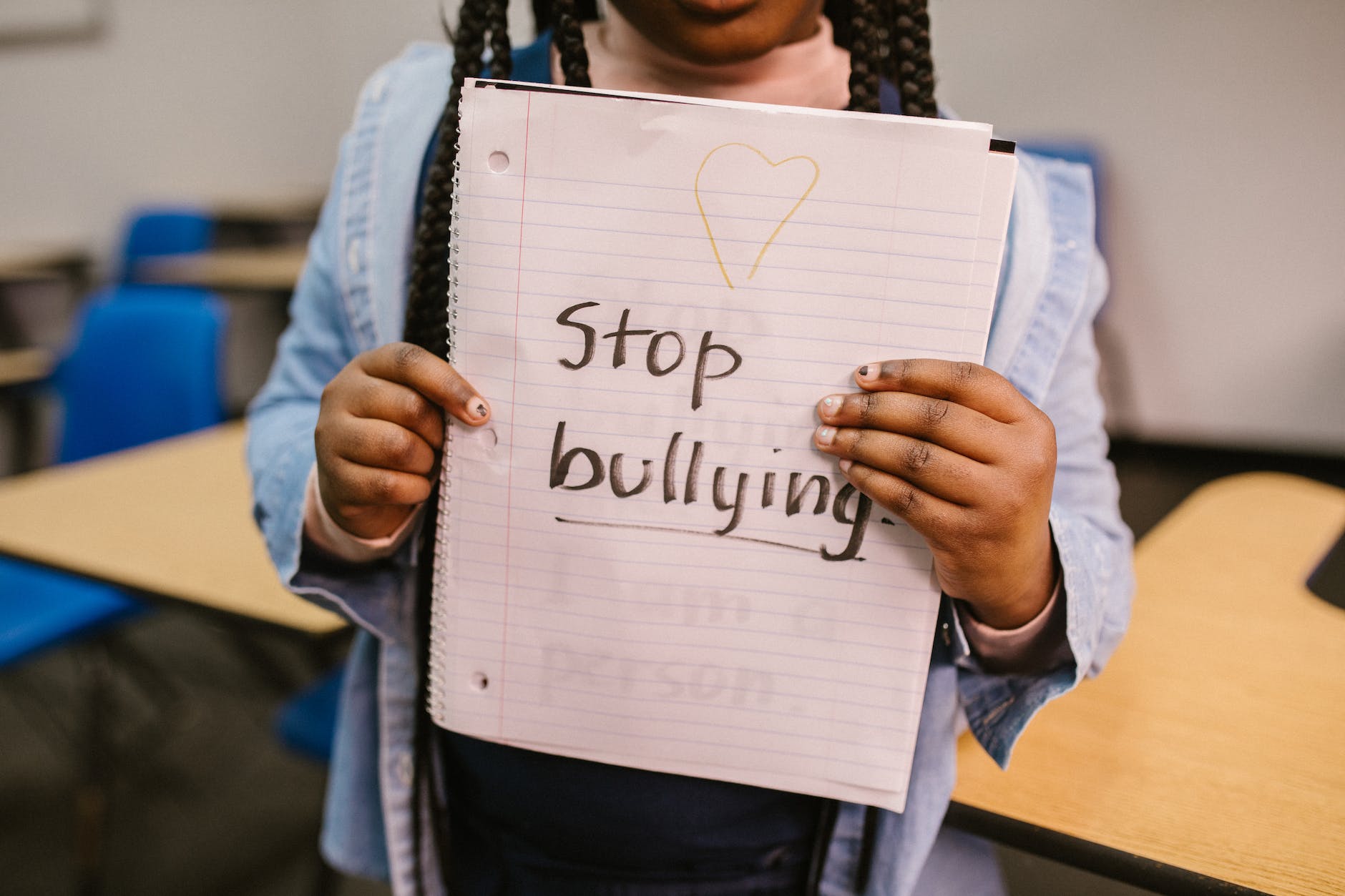The Differences Between Workplace Bullying and Harassment.

When individuals think of workplace bullying, images of high school come to mind. You picture a group of mean girls or boys who are out to bring another employee down; someone who is treated inhumanely by their peers and made to feel small as a result. These are the things that come to mind when you hear the words “workplace bullying”. And while these things can very well be part of a more sinister plot, there is more than one kind of workplace bullying. In fact, there are different types of bullying even within the world of work. Understanding what makes each category unique can help you figure out if you have been victimized by workplace bullies or if you’re just dealing with an office jerk.
What Is Workplace Bullying?
For the sake of clarity, when we’re talking about workplace bullying, we’re talking about a specific subcategory of bullying. The other categories are workplace discrimination and workplace harassment.
The general definition of workplace bullying is defined as the use of abuse in the form of verbal or non-verbal aggression, which can be repeated over time that creates a hostile or threatening work environment. The key here is “repeated over time,” as bullying could also exist in one-off instances, but has not been classified as such.
A good way to think about workplace bullying is to imagine a bully who won’t let you go. They may confront you once or twice, but after you stand up for yourself, they move on. But a workplace bully won’t stop. They’re constantly coming after you, and the things they say and do are often over the line.
Why People Bully at Work
Bullying can happen in almost any workplace, but it is usually seen in organizations where hierarchy and strict job roles are valued above all else. For example, the military, law enforcement, and health care. Because of the nature of those jobs, people are often under a lot of stress. This can lead to feelings of resentment, frustration, and even a desire to hurt others.
Bullying is a way of taking out these emotions in a non-physical way. Often, people who bully at work are trying to make themselves feel more powerful and important. They may feel threatened by someone who is smarter or more competent than them, or they may simply dislike a co-worker for whatever reason. Bullying is a way for someone to tear another down, without leaving a visible mark.
Workplace Violence vs. Bullying
The key difference between workplace violence and workplace bullying is that workplace violence is physical. It can include threatening with a weapon (even if it isn’t actually used), or an act of violence that leaves a visible mark like an injury or broken property. While workplace bullying can be physical at times, it is usually verbal.
You can see signs of it in the form of constant social isolation, verbal threats of violence, or aggressive language when addressing a colleague. Bullying can be very serious because it can sometimes lead to violence. A person who is being bullied might feel resentment and become angry. They might even “snap” and act out violently towards their coworker.
What is Considered Harassment?
Harassment is a form of discrimination that comes in many different varieties. There are two main types of discrimination, which is when an individual or group of individuals are treated less favorably because of a trait. Examples of traits that can lead to discrimination are race, ethnicity, religion, gender identity, sexual orientation, age, and so forth.
And then there is harassment, which can either be sexual or not. Sexual harassment is when an individual is treated unfavorably because of their membership in a protected group, and the harasser uses a person’s sexuality as a weapon. For example, sexual harassment against a woman might include unwanted sexual advances, or making sexual comments or jokes in the workplace.
Types of Harassment in the Workplace
Even though we’ve established that there are two main categories of discrimination, there are actually many different types of harassment. You can experience more than one type of discrimination and harassment at the same time. If you feel that you are being discriminated against at work, or are being bullied, you should report it.
Racial Discrimination: This is when an individual is treated less favorably than others because of their race or ethnicity. Examples include receiving less desirable work assignments, being overlooked for promotions, or being subjected to racial slurs and name-calling.
Sexual Harassment: This can be verbal or non-verbal, and is the result of sexual discrimination. Sexual harassment can occur between coworkers, or a coworker and a manager.
Religious Discrimination: This is when an individual is treated less favorably because of their religious beliefs. Examples include not being allowed to take time off for religious holidays, receiving less desirable work assignments, or being subjected to jokes or slurs about your religious beliefs.
Age Discrimination: This is when an individual is treated less favorably because of their age. Examples include receiving less desirable work assignments, being overlooked for promotions, or being mistreated by managers.
Bottom line
Bullying is a form of harassment that happens to be verbal and non-sexual, while harassment can be verbal or non-verbal and can include sexual harassment. That’s why you see so many articles talking about sexual harassment in the workplace. That’s the main type of harassment that happens. If you feel like you’re being bullied at work, or are a victim of harassment, don’t let it go. Bullying and harassment are illegal, and you can report your abuser to your company’s HR department. Doing so can help you feel empowered, and allow you to take control of the situation. Don't put up with Workplace Bullying and Harassment
Contact Jolasers to discuss your Workplace Bullying and Harassment issues.
Video information on Workplace Bullying and Harassment - Click Here